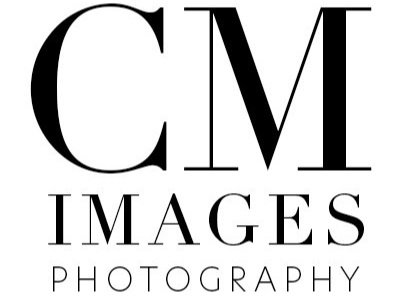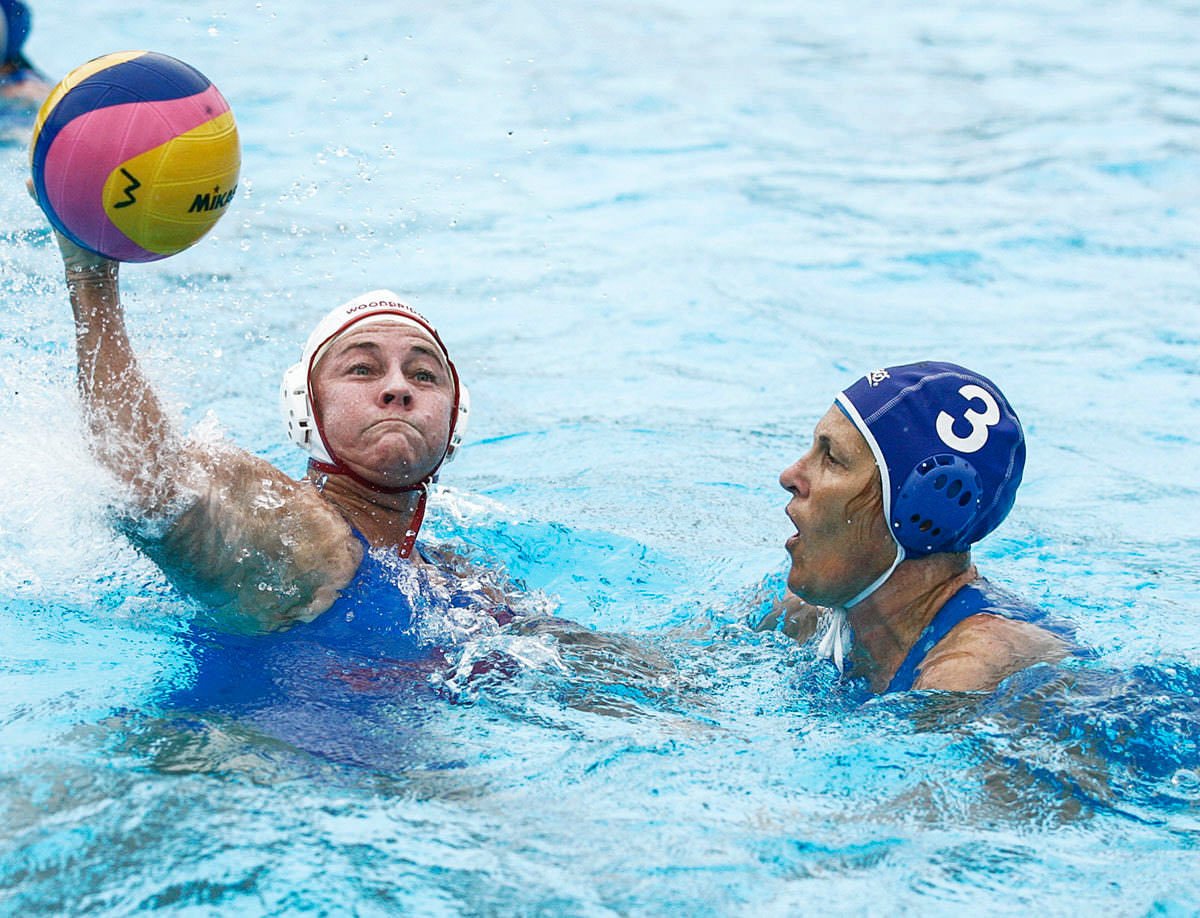Sports Photography - The Photographer
Becoming Psychic
This is the third and final part of my Sports Photography Tutorial. The first two parts covered the main equipment: the camera and the lens. Now, we're going to take a look at the most important piece of the equation: You. The photographer.There is a skill to shooting sports that goes beyond just having the right equipment. Many people try to take action photos of their pets running after a stick, their kids playing soccer or other events, and they don’t seem to be able to get a good shot. The image is blurry, or the subject is too far away, or the image they get on camera isn’t at all the image they thought they were taking. As anyone who’s tried can tell you, taking good action photos is one of the most difficult kinds of photos to take. You only have a fraction of a second to take the shot before the scene you want is gone forever.
Skill matters most
Given the right equipment, good reflexes and a little luck, great shots happen. But the best equipment in the hands of someone who doesn't know how to use it properly is useless.Unlike other kinds of photography, like portraits or landscapes, with sports photography the photographer has no control over the scene. Events are unfolding as they would even if you weren’t there and if you miss the moment it’s gone forever. There are a few ways that you can improve your chances of getting “The Shot”: make sure you have the right equipment, learn to predict the future and PRACTICE. Guess which of these three things is the least important?
Your equipment can only do what you tell it to
You need to develop the ability to follow your subjects and predict what they’re about to do. In the case of sports photography, this will be easy to do if you know the game and especially if you’ve played it before. The reason for this is that if you wait until you see the shot you want happening, you’ve already missed it. From the time it takes for your eyes to see the shot, send the image to your brain, your brain to process the signal, decide that you should push the button now, send the signal to your hands, and your hands to react and push the button, the shot you want is long gone.
What you need to do is to predict what you think is going to happen, and decide on the best moment JUST BEFORE the shot you’re waiting for to push the button. If your camera is capable of firing a large burst in a short period of time (around 5 frames per second or more), you also need to know when to stop shooting. If you shoot too long a sequence, your camera’s buffer will fill up and you may miss other shots because your camera is too busy writing photos from the previous burst to the card.
The best way to develop this psychic ability to predict the future is, of course, PRACTICE. You’re not going to take Sports Illustrated-calibre photos on your first try. But if you shoot your nephew’s hockey game every week for an entire season, you will see improvement from beginning to end.


